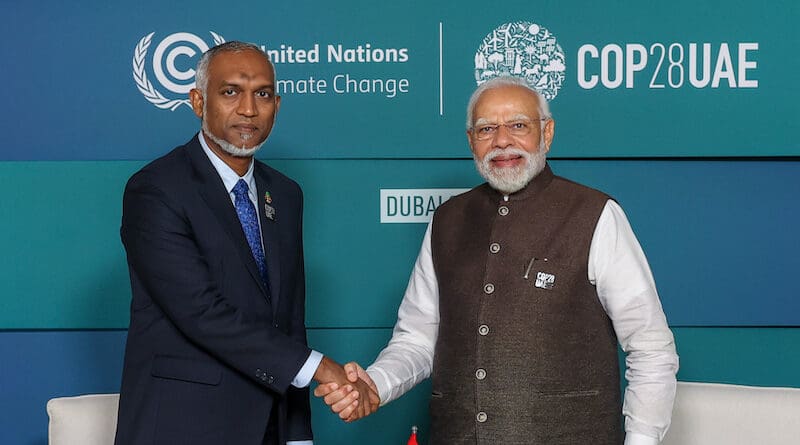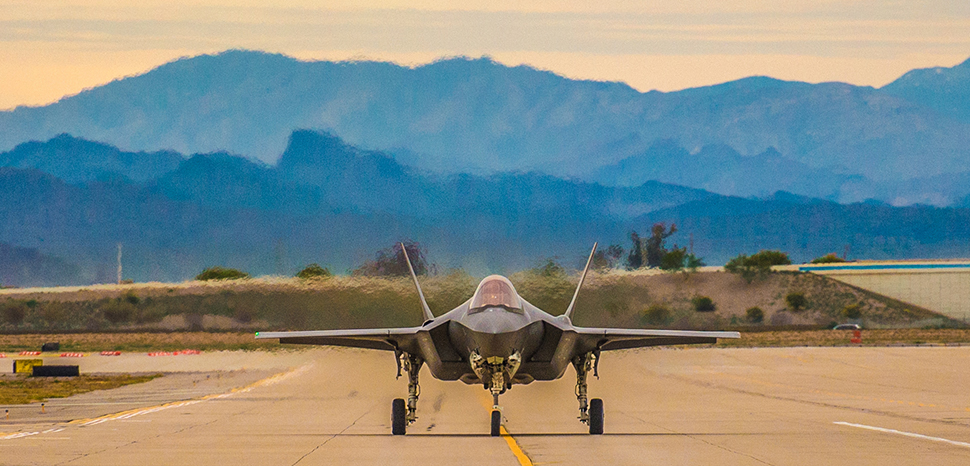Richard E. Rubenstein
In a recent long opinion article for the New York Times, pundit Thomas Friedman announces “a titanic geopolitical struggle between two opposing networks of nations and nonstate actors over whose values and interests will dominate our post-Cold war world.” (NY Times, January 26, 2024, p. A26). This perception is not silly. The essentially unipolar hegemony enjoyed by the United States since the end of the Cold War is surely under fire, and new constellations of power and influence are forming. But Friedman’s description of the emerging conflict is a sophomoric mashup of historical theory and primitive moralism. It is as if he were a sportscaster announcing a match between villainous and heroic boxers or wrestlers.
Welcome to the Fight of the Century! In the far corner is the Resistance Network, consisting of nations like Iran and Russia, and organizations like Hamas and Hezbollah, that are “dedicated to preserving closed, autocratic systems where the past buries the future.” (You may hiss now). In the near corner is – no, not Rocky Balboa, but the Inclusion Network, “trying to forge more open, connected, pluralizing systems where the future buries the past.”
Guess which network the United States, the NATO countries, Israel, and Ukraine are part of! We “secularizing, pluralizing, more market-driven” nations are the wave of the future – in Friedman’s adoring terms, the home of “business conferences, news organizations, elites, hedge funds, tech incubators and major trade routes.” Wall Street is our Main Street! We weave things together like high-tech globalists should, and our reward is not just power but legitimacy.
The Resistance baddies, by contrast, want to return us to the rotten old days of great power competition and backward-looking cultures. They are good only “at tearing down and breaking stuff.” What it is, exactly, that they are resisting? Friedman can’t or doesn’t want to say. His conclusion is that the members of this network “have shown no capacity to build any government or society anyone would want to emigrate to, let alone emulate,” while the Includers, by contrast, “have the potential to redefine power structures and create new paradigms of regional stability.”















)






